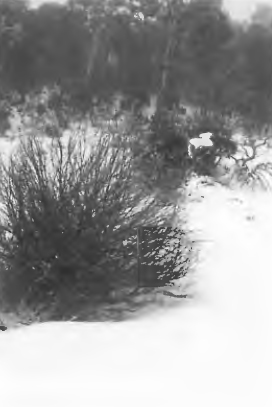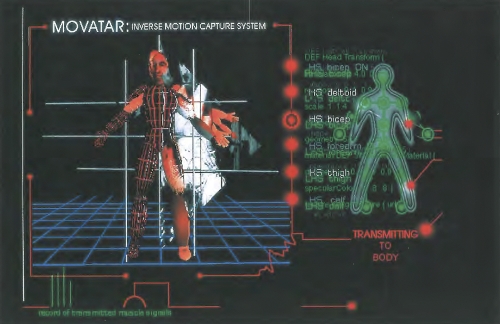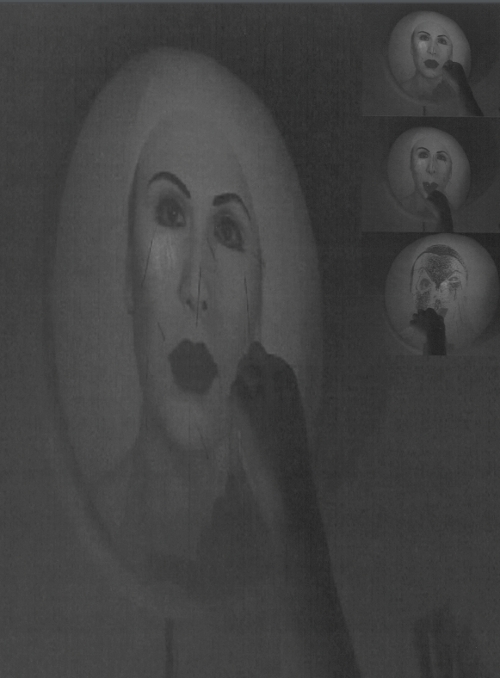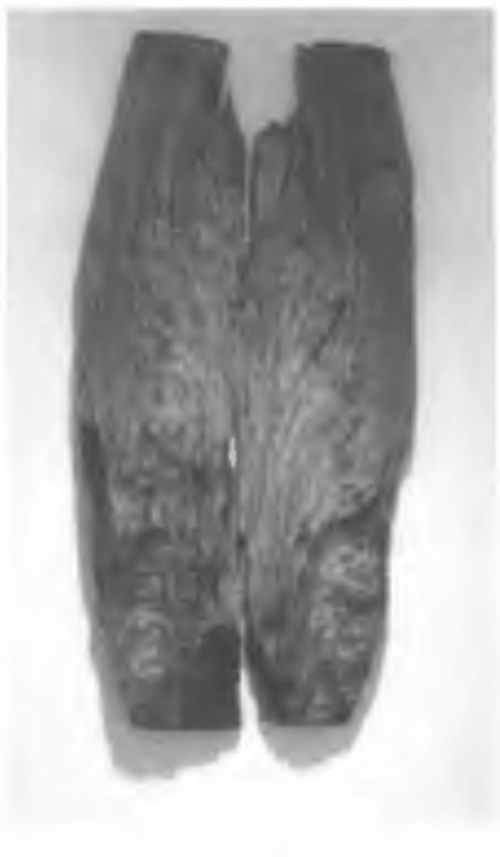
The critical response to Stephen Wickham's untitled photographs probably represents the most surprising artistic about-face seen in Melbourne for years. Formerly appreciated only by Artforum's Charles Green and a small circle of contemporary magazine writers, the artist's latest exhibition unexpectedly attracted rave newspaper reviews, drawing glowing comments even from the modernist painter Jeff Makin and the historian Robert Nelson. Conservative and radical, formalist and post-structuralist voices were, for once, united in admiration for these white-on-white perceptions of a disturbingly tactileless world devoid of human presence.
For many viewers, the appeal of Wickham's photographs undoubtedly lies in their almost narcotic allure. Taken at Mt Buffalo National Park during the thick of winter, they fascinate precisely because they breach popular perceptions of what the Australian scene should be. His unpicturesque works do not readily fit into the category of landscape art: with no sun, no desert, no picture-postcard view leading off to the distance, natural features are erased by a dense blanket of snow. Everything suggests a dreadful wintry silence, an effect stressed by the treatment of colour. Wickham's compositions may be developed in full colour, but they read as near black-and-white, the monotonous coating of snow tending to push all hues and tones to extremes. The whiteness is inexplicable, a quality further heightened by the photographer presenting the images in stark titanium white box-frames.
There is no such thing as strong photography about nothing, and the works gathered in Wickham's exhibition are brimming with ideas. The artist's apparent conceptual base is found in the speculations of the French psychoanalytical theorist Jacques Lacan on how 'the physical' is apprehended by a child in early infancy. Lacking a firm sense of identity, the infant experiences the world in an amorphous state, all objects blending into a shapeless mass without any firm boundaries to its sense or need - the baby and its world, Lacan puns, is l'hommelette (from homme-lette, a little man, and omelette, a shapeless mass of egg). This is not a concept that lends itself easily to photographic interpretation; although, as Wickham demonstrates, when carried out convincingly the resulting works convey a sharp perceptual charge. So many works are impressively disorienting. The eye enters into an eerie, anamorphic world where all is merged in an undulating, organic-looking membrane.
These photographs are ultimately successful not just due to the adroitly handled Lacanian overtones, or even an empathy Wickham/Weisz has for this landscape, but because he uses these particular scenes to reach down into and explore his cultural roots. Self-identity is up for investigation, indeed, the artist flags this theme by presenting the images as the product of an inner dialogue between himself, the outgoing Australian Stephen Wickham, and his psychological alter-ego, the repressed emigrant Stefan Weisz. A Central European sensibility weaves through these pieces, for the photographer perceives the land as no Anglo-Celtic Australian does. Much about the combination of snow, ice and mountain mist evokes an encounter with an elemental force, although it would be wide of the mark to interpret these wintry works as updated invocations of those bleak solitary landscapes of the Romantics.
Looking at these works, really looking at them, soaking the signs up, one realises that the Australian high country has been recast as something closer to the deserts of Sinai. This is the world as grasped and understood by an Ashkenazi, for Biblical allusions are everywhere evident in the insistently repeating motifs: the tablet-like rocks, the enveloping fogs, the bush that has been burnt. For Wickham/Weisz, the mountain wilderness seems to reverberate with the immanence of El Shaddai, literally "God of the open wastes", and the oldest Hebrew manifestation of God. Each visual element seems portentous, as if a thundery voice is about to crack the air.
In the end, the success of Stephen Wickham's exhibition springs from the way he is able to infuse the photographs with so many layers of simultaneous meaning. Complexity is a word that has been dulled through excessive over-use in the visual arts, although it would be improper to describe these works as anything less than complex. They are at once a critique of the Australian picturesque, an exploration of Lacanian visuality, the artist's act of coming-to-terms with his cultural background, and perhaps, as Charles Green suggested, even a passionate assertion of environmental values. Veiled by ambiguous mists, steeped in suggestions of alienation and despair, yet toying with a static frozen beauty, Wickham's brooding white-on-white images appear to have set a completely new benchmark in contemporary photography.












